The community in Spanish as a relational, support, and learning space.
The Autodesk Community is an online exchange space based on the importance of the relationship and interconnection between professionals and entities in the sector. It is a community that also coexists with other languages and has become an open, diverse, and safe place for everyone, as well as a space for interaction.
One of the examples discussed among the experts and users of the Community has been the development of Greenland paddles, worked on by user Alejandro @alesonido in collaboration with Jaume Martínez, Community expert based in Valencia.
In this article we want to show the results obtained by user @alesonido1in the design of Greenland paddles and their subsequent manufacture, as well as his experience of the official Autodesk Fusion 360 Spanish forum and his interaction with the different users and experts that form this Community during the process of the project.
Alejandro, a user of the Community located in Argentina, has been designing and manufacturing Greenland rowing paddles using traditional artisanal methods for about 3 years; this is like a cabinetmaker’s job.
Despite achieving products with a very good finish and quality, being an amateur and user of this type of kayak paddle, he realized that since there is an element that needs to have a fine balance between design symmetries for its use and functionality to be adequate, the handcrafted process he had been carrying out was not feasible for achieving that precision. It is also a slow process that requires a high level of effort and concentration.
After discussing different possibilities with the expert, the user chose machining as the manufacturing method to be implemented. This process involved using CAD/CAM tools so that in addition to the design, its manufacture is also computer-assisted. He used and tested a large number of software packages of this type, but none convinced him until he got to use Autodesk Fusion 360.
The factors that most influenced this decision were the integration of the different CAD/CAM workspaces and, although he did not know the forum, the large amount of information and tutorials; although most are in English, he found it very useful for starting training.
After a period of time, he still had some specific questions about his project, and looking for information on the Internet, he found the official Autodesk F360 forum in Spanish, where he began to try to find a solution to some of these questions. Using the Community as a relational and consultation space, he checked the following links for his purpose.
In addition to resolving his questions, the forum allowed him to interact and establish contact with other users and experts among whom he could seek advice on the small details he needed to know and correct, especially in the area of CAD surface design and CAM programming of 3D machining.
During the realization of the project he learned to organize/configure the program and its data panel correctly, how the different 3D CAM operations available in Fusion 360 behave, the use of the “Manufacturing Models” tool and the post-processing of G-code, for example.
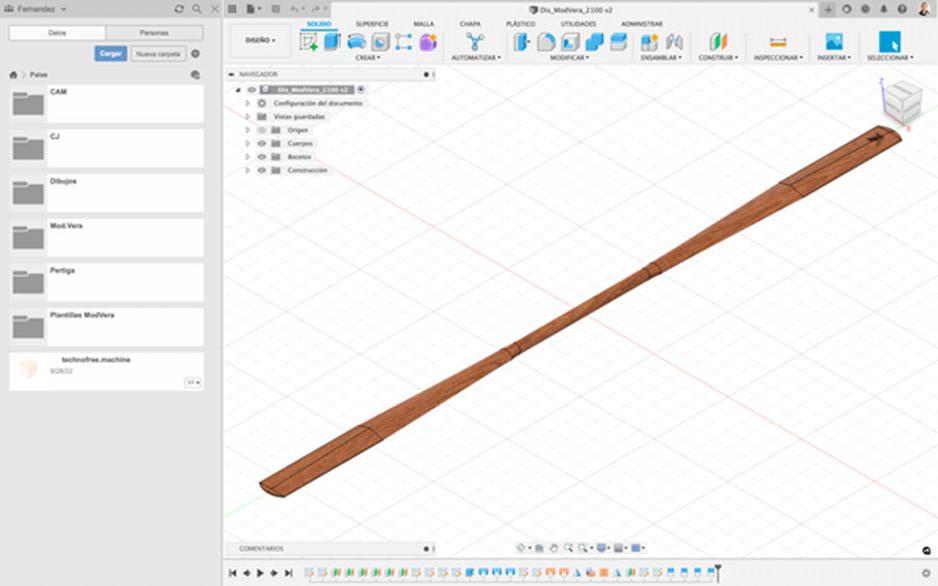
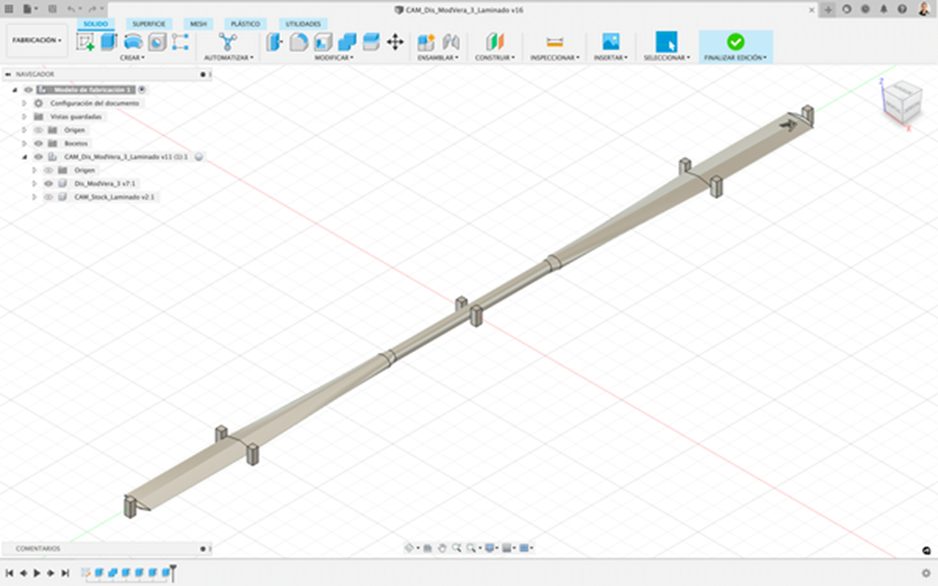
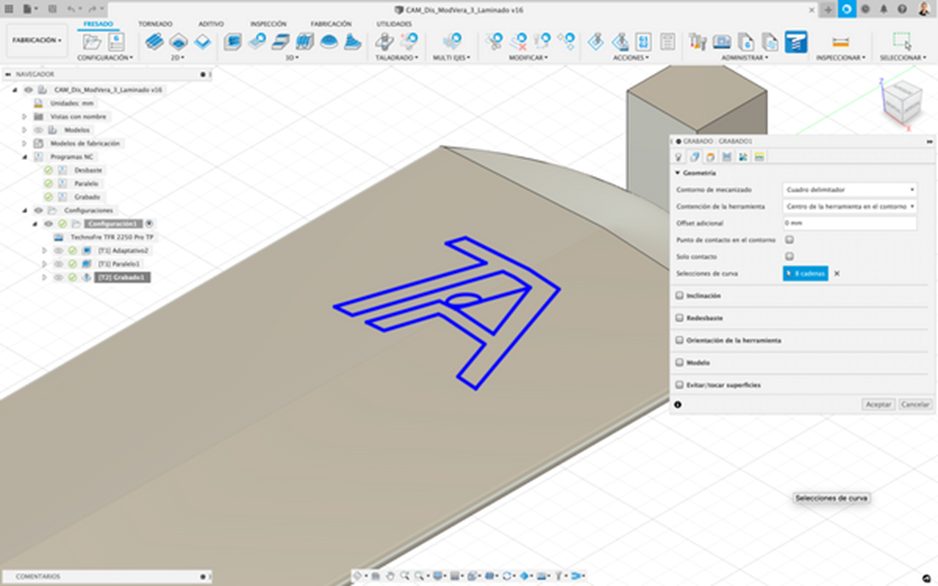
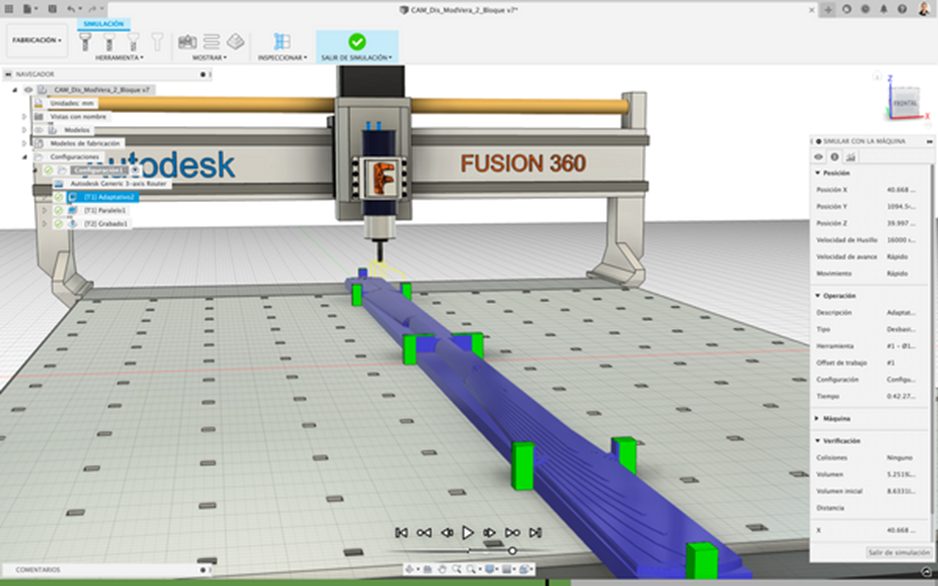
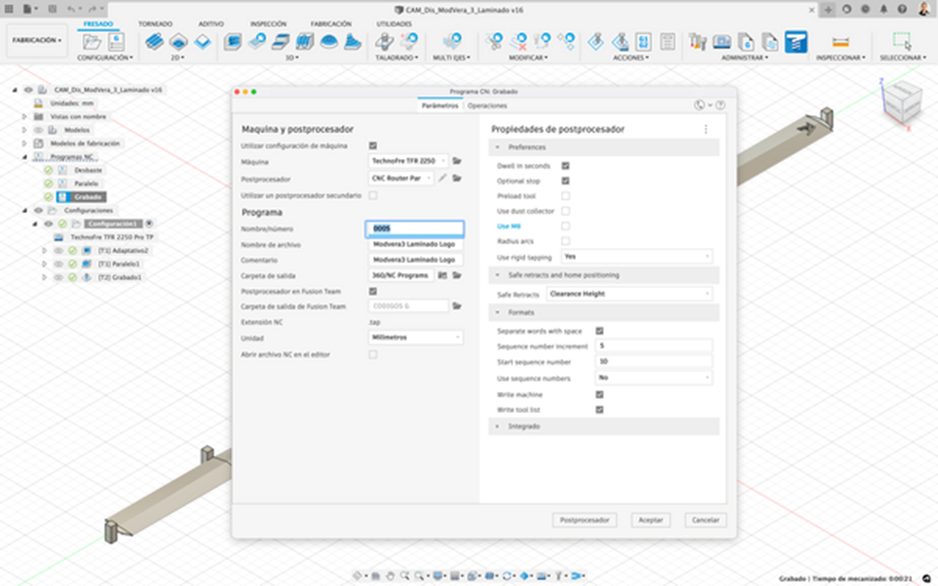
Alejandro says that without this interaction and use of the forum, he might not have been able to carry out the project, as he had already had difficulties finding training centers or professionals to provide solutions to his more specific questions, especially in the CAM area.
According to expert Jaume Martínez, most content in Spanish that is available on the web or training centers is very good for getting started and familiarizing yourself with the software, but if you want more detailed courses on the manufacturing workspace, you are forced to turn to material in English: that results in Alejandro and many other users losing certain information, as the language related to their practice is so technical.
In this case, we highlight the fact that the Community in Spanish represents a space for the dissemination and transfer of knowledge and content at all levels in Spanish.
The Autodesk Spanish Community is here to support these professionals and users, and the results obtained by Alejandro were as follows:
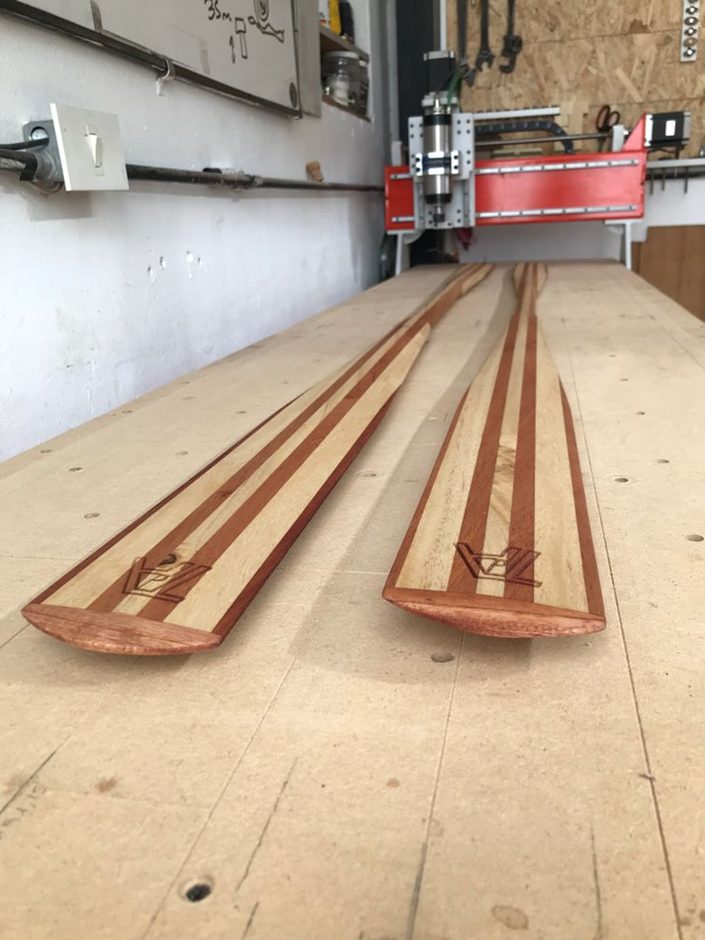

Alejandro has achieved the goal he set himself in adopting Fusion 360, to use a single software package for the design and manufacture of kayak paddles through CNC machining, increasing the precision of the resulting product and, at the same time, reducing the time required for its manufacture. It is also very easy to use and is very flexible when it comes to tasks such as designing new models, using different types of stock, including laminated wood, and introducing them into your production line. He is currently already planning new models with different materials and the use of additive manufacturing and other manufacturing processes. In his experience, the adoption of Autodesk Fusion 360 has been a success since he has a CAD/CAM tool that will allow him to manufacture a wide range of different designs in the future, knowing that he has all the necessary tools to bring these projects to a successful conclusion.
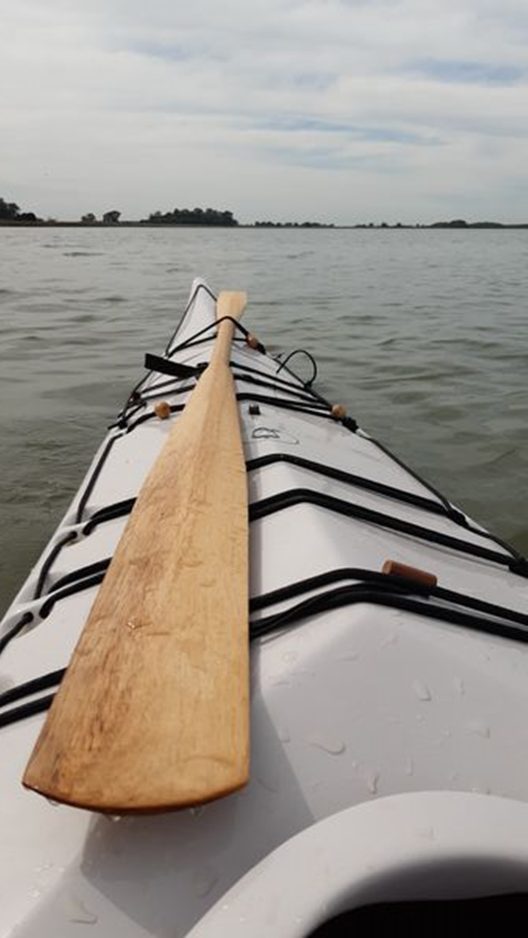
With this experimental example from the Community, we can see how the Community is set up as a space for exchange, interaction, and knowledge transfer, as well as for practice and design. We look forward to seeing you in the Autodesk Spanish Community.